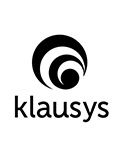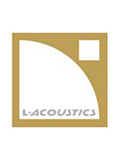Sungwook Moon
Director of Media Contents Department at Seoul Arts Center
Special Session / 09:00-10:00, Oct. 28(Fri)
Abstract
Since opening in 1988, the year of the Olympic in Seoul, the Seoul Arts Center(SAC) has been regarded as a prominent comprehensive art space in Korea. Especially, the concert hall is a historical venue where many legendary classical musicians have visited, and still major performances are held. For nearly 35 years, many performances have been recorded in SAC concert hall, and systems for such recordings have always existed. With the development of technology, various media have been used at SAC, from the early stereo analog reel tape recording to the tape multitrack and the current computer-based recording. On top of this, audio data is now exchanged over the net.
As much as the development of recording media, the miking system has been changed as well. It started out as a stereo miking system, went through surround, and is now for immersive audio. At the time when the SAC concert hall was first introducing and preparing immersive audio, it was not well known in Korea, and there was no commercial platform available for using immersive audio. But things are happening very quickly, with Apple Music now supporting Dolby Atmos. SAC concert hall has always tried to record beautiful performances in the best way. These efforts were inextricably linked with the implementation of new technologies. Now, the old equipment and recorded tapes piled up in the warehouse will be traces of the SAC's efforts for the best record.
I would like to examine the technological changes and efforts that SAC concert hall has gone through, and share the methods currently in use and the new direction we are heading for.






